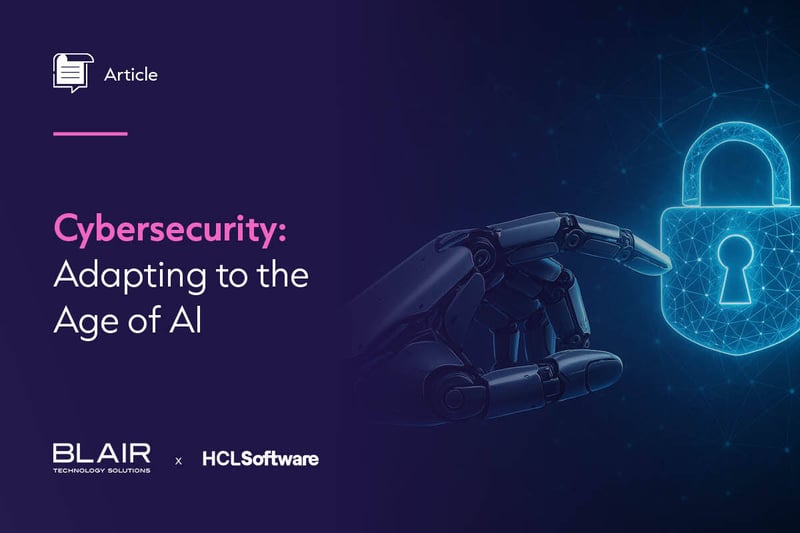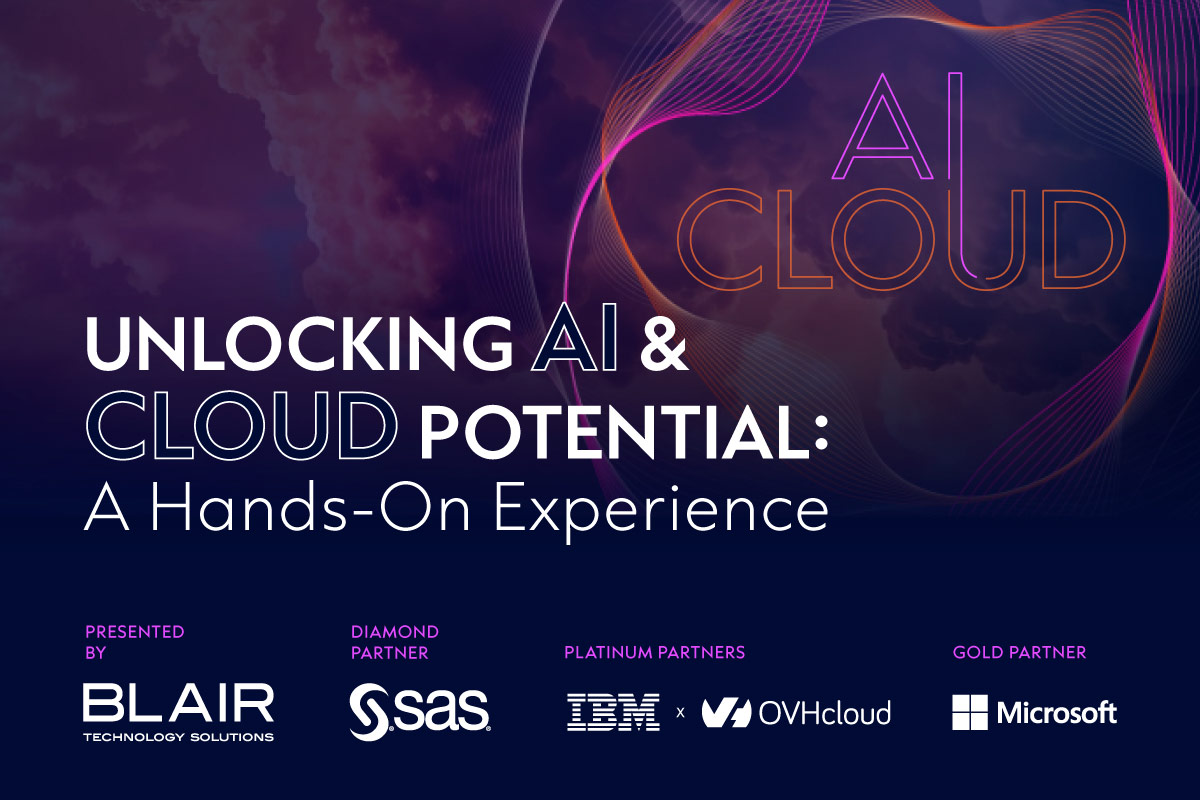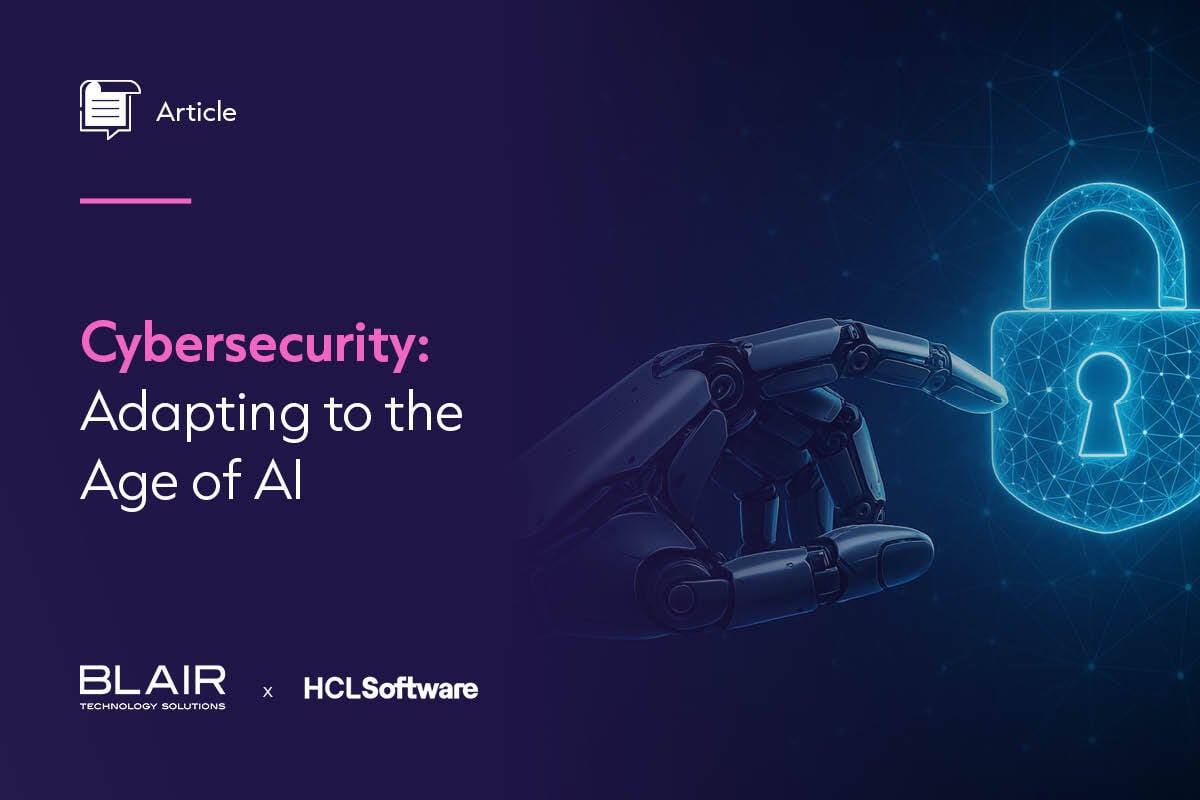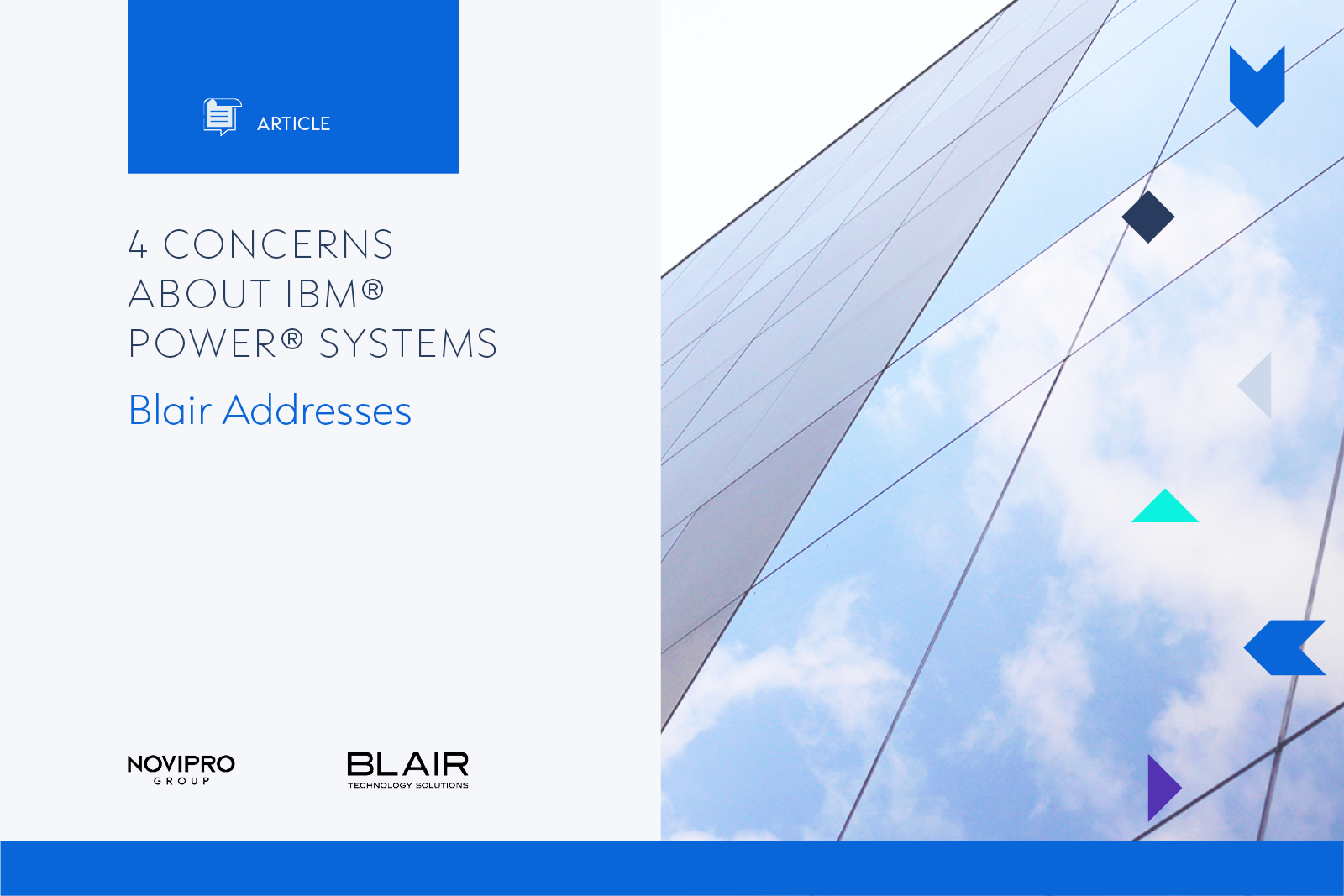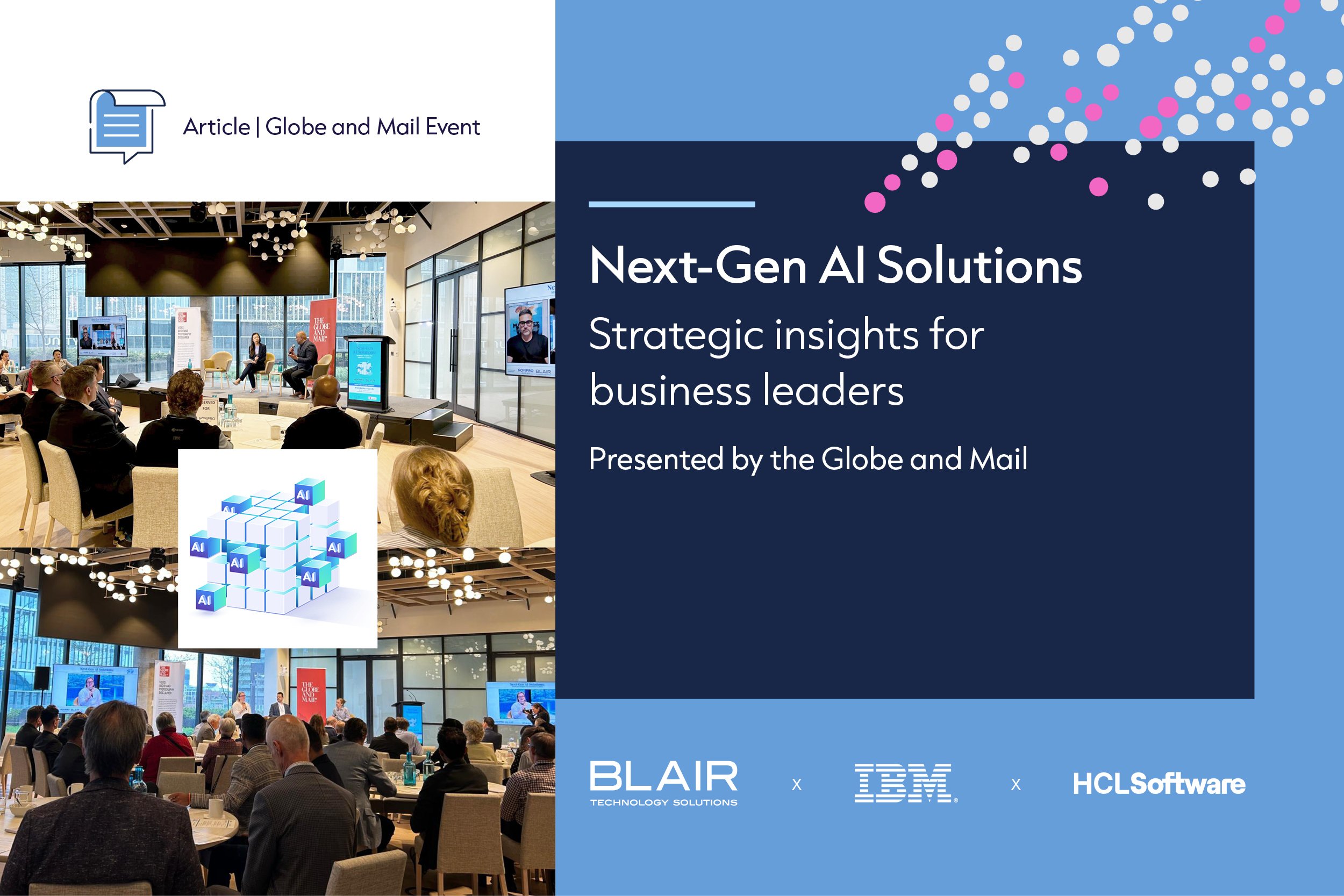The cybersecurity landscape is experiencing unprecedented transformation, with artificial intelligence emerging as the primary catalyst for this evolution. Traditional human-centered attack and defense models are rapidly shifting toward sophisticated AI-versus-AI confrontations, fundamentally altering how organizations must approach digital security. Success in this environment demands comprehensive understanding of emerging threat vectors and AI's strategic role in cyber defense operations.
Recent cybersecurity research from NOVIPRO Group's IT Trends Report reveals concerning patterns across Canadian enterprises:
- Nearly one-third (30%) of Canadian organizations have experienced successful cyberattack incidents
- Cybersecurity breach reports have surged 9% compared to 2024 figures, marking the highest attack frequency recorded since 2019
- Only 54% of Canadian businesses proactively enhanced their data protection protocols following publicized security breaches, while 45% maintained unchanged security postures
- This represents a 7% decline in proactive security adoption from the previous year
* Source: Statista Market Insights, June 2025, National Cyber Security Organizations, FBI - Federal Bureau of Investigation, IMF
The Emergence of Adversarial AI
Modern cybersecurity challenges have evolved beyond opportunistic attacks toward sophisticated adversarial AI implementations. These systems leverage complex algorithmic frameworks and mathematical modeling to research, strategize, and execute malicious operations with unprecedented efficiency.
- AI-Powered Phishing: Contemporary AI-powered phishing attacks have eliminated traditional detection methods. Advanced algorithms analyze target social media profiles and digital footprints to generate highly personalized, grammatically perfect communications. These systems incorporate information harvested from both surface web and dark web sources (including data from major breaches like Equifax and AT&T) to create convincing messages that reference personal contacts and life details, making detection increasingly challenging.
- AI-Exploitable Vulnerability Assessments: Attackers now deploy AI systems for comprehensive organizational reconnaissance, conducting deep-dive analysis of public-facing applications and operating systems to identify exploitable weaknesses. This enables precision-targeted attack campaigns based on authentic AI-generated intelligence gathering.
- AI that Adapts “On-the-Fly”: The latest malware generation incorporates embedded "intelligence" capabilities. Adversarial AI within malicious code can autonomously learn and adapt to target environments and defensive measures without requiring command-and-control server communication. Upon deployment, these systems evaluate their operational environment, assess available resources, and identify high-value targets in real-time, determining factors such as business continuity dependencies, financial resources, and ransomware potential.
Limitations of Conventional Security Approaches
In today's threat environment, adherence to traditional security best practices and compliance standards provides insufficient protection. AI-driven attack speed and sophistication render static defensive measures obsolete. Organizations require dynamic, resilient security frameworks capable of addressing novel attack vectors, including AI-powered threats, through continuous evaluation and deployment of AI-enhanced defensive technologies and processes. Critical success factors include stakeholder engagement in collaborative communication processes and organizational silo elimination.
AI-Enhanced Defense Implementation
Effective adversarial AI defense requires comprehensive, multi-layered approaches emphasizing resilience alongside strategic AI-driven solution deployment.
- AI-Based Anti-Phishing: Deploy AI-powered email analysis technologies that cross-reference incoming communications with threat intelligence databases while analyzing embedded links for malicious URLs and IP addresses. Organizations can utilize AI modeling of employee digital footprints to predict and defend against adversary knowledge exploitation.
- AI-Assisted Attack Surface Analysis and Testing: Proactive defense requires attacker-mindset adoption combined with unified, attack-centric communication and defense strategies. Implement Threat Intelligence-driven Attack Surface Analysis and testing to identify computing ecosystem vulnerabilities. Evaluate and adopt emerging AI-driven technologies in this domain after effectiveness assessment. Ensure SecOps and ITOps collaboration mechanisms exist for vulnerability exposure management. This enables risk-based vulnerability prioritization and remediation using real-time threat intelligence relevant to specific industries and geographical regions. The objective extends beyond compliance achievement to active cyber risk measurement and management, involving business leadership in risk reduction definition and measurement.
- Real-time Visibility and Action: Invest in technologies providing comprehensive, real-time adversarial analysis across entire computing infrastructures—encompassing laptops, mobile devices, servers, and cloud instances. This capability represents a fundamental component of resilient security strategy implementation. Organizations must maintain continuous threat landscape visibility with immediate action capabilities, even for devices with intermittent connectivity. For instance, when threat intelligence identifies active exploitation of vulnerabilities in remote worker applications, systems must enable rapid patching and attack surface closure without disrupting business operations, regardless of internet connection stability.
“At NOVIPRO, we see that companies integrating AI into their cybersecurity strategy experience a significant reduction in risk. Our clients particularly value real-time visibility and proactive threat detection.”
— Kévin Rosenbom, Account Director - Solutions Sales Representative at NOVIPRO Group
Human Factor Considerations and Data Privacy
Beyond technological solutions, AI proliferation, particularly Generative AI, introduces novel data privacy challenges. The "human operating system" remains a significant vulnerability within computing environments. Personnel inadvertently expose sensitive intellectual property through copying, pasting, and verbal input of confidential information into public Generative AI platforms. Traditional Digital Loss Prevention (DLP) systems cannot detect this leakage type, and emerging "GenAI Firewall" solutions show limited effectiveness potential.
Addressing these challenges requires practical approaches:
- "Human OS" Training: Security training must evolve beyond traditional methods toward genuine action awareness cultivation. The goal involves establishing cultural mindsets where employees consider privacy implications before AI interactions.
- New Technologies: Organizations need advanced technologies capable of tracking and validating "copy-and-paste" and "drag-and-drop" actions during GenAI usage. Next-generation "GenAI Firewall" security tools must balance protection with productivity, monitoring derivative materials and sharing with minimal operational friction, enhancing productivity without excessive cybersecurity-related disruption.
- A Business Approach to Cyber Risk: Organizations must acknowledge that absolute prevention represents an unattainable objective. Business leadership should adopt frameworks treating cyber losses as standard business losses, calculating allowances and preparing response protocols. Cyber losses should be considered normal business operational components as part of balanced cybersecurity approaches. Effective strategies require measurable cyber risk minimization methods. One proven approach involves establishing maximum exploitable vulnerability exposure timeframes for critical systems through "Protection Level Agreements"—a concept warranting dedicated discussion.
Successfully navigating evolving cybersecurity landscapes requires strategic partnerships combining cutting-edge AI-powered solutions with comprehensive threat and business environment understanding, complemented by practical strategies including team, tool, and process silo elimination. Blair Technology Solutions and HCLSoftware provide guidance through cybersecurity complexity with confidence and expertise.![]()
— Robert Leong, Senior Director, Head of Product Management at BigFix



